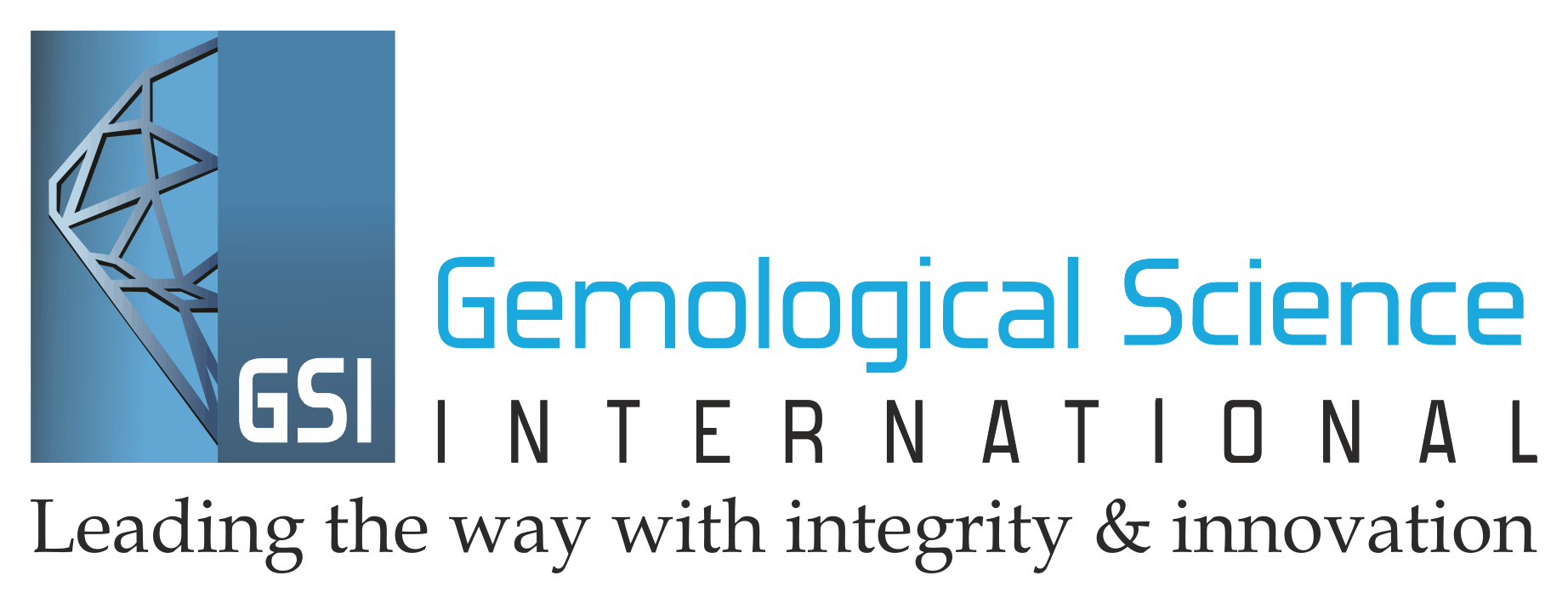Top Stories

Responsible sourcing is the cornerstone of any modern Diamond business

Closer Talk with
Evgeny Agureev, Deputy CEO - Director of ALROSA’s United Selling Organization
1) How do you assess ALROSA’s H1 2021 sales and demand in India?
India’s cutting and polishing industry is ALROSA’s long-term partner. Companies based in India and who have origins there are long-honoured members of the ALROSA ALLIANCE community. More than 90% of all diamonds in the world are cut and polished in India. This is also prevalent for ALROSA’s diamonds. Although India historically channelled part of its diamond trade through diamond trading hubs all over the world, we are looking to grow our cooperation with India further. The share of ALROSA’s direct sales in India grew by 1/3 from 2017, the year before ALROSA established its representative office in Mumbai.
We are pleased to see the current state of the Indian midstream sector and consider it to be at an optimal level. In slightly more than a year, rough diamond sales and the production of polished diamonds recovered to and exceeded pre-crisis levels of 2017-2018. Our partners have fully adapted to working in the challenging pandemic environment, being able to fulfil all supply obligations. Polished inventories declined to their optimal levels, and the industry began to count on its own funds more than on loans. Taken together, all of the above forms a solid base for consistent and successful sector development in 2022. Robust demand for diamond jewellery in key markets and a limited mining supply would give momentum to polished diamond prices.

2) What are ALROSA’s latest developments in innovative diamond solutions?
In 2020, we developed a number of innovative digital solutions allowing our clients to continue reviewing, choosing and purchasing diamonds despite lockdown restrictions. For example, these include the ALROSA Video-Viewer system for trading sessions or digital auctions for special size rough diamonds. These services have been in great demand amongst our clients in India during the height of the pandemic, allowing them to still complete their orders.
The reputation of the diamond mining company determines consumer interest. This is why the ability to guarantee polished diamond’s origins is very important for diamond manufacturers all over the world. Our clients from India are very interested in diamond provenance initiatives.
In 2021, ALROSA introduced a new solution under our ALROSA Provenance programme, a ground-breaking diamond-tracing technology using non-invasive laser marking. This physical nano marking allows the precious stone to be identified with 100% accuracy. The laser nano mark is imprinted into the crystal lattice structure of a rough diamond. It is invisible without a scanner and impossible to polish it off, remaining readable after cutting and polishing. It is a three-dimensional code linked to the ALROSA digital platform, offering in-depth information about the diamond's origin and characteristics, its unique identification number, multimedia and more. Scanning the code takes less than a minute and will eventually be optimised to ensure even greater efficiency. Currently, ALROSA is choosing a select number of partners to pilot the technology in the near future.
3) What latest innovative technologies is ALROSA utilising in its diamond manufacturing process?
During the recent visit to our long-term clients’ facilities in India, we saw our colleagues using best industry practices and start of the art technologies. ALROSA in-house cutting and polishing unit uses and evaluates the potential implementation of such technologies. For example, to create internally flawless diamonds, we use a technology that allows us to plot the smallest flaws in 3D models by using immersion glass together with a 160x magnification microscope. All our cutting facilities use the equipment for automated plotting and planning of inclusions.
To preserve as much weight as possible while sawing large rough diamonds, we use water-jet guided lasers. This technology grants a higher yield than conventional lasers with V-shape cuts.
To increase operational productivity, we use four processing laser machines that subsequently perform sawing, bruting, pavilion coning and crown coning, and auto-polishing systems.
Another technology allows brute diamonds based on the planning file made by all common planning software.
For the highest precision, ALROSA cutters use a software-hardware bundle that allows setting correct angles for the diamond before polishing facets.
ALROSA cutting and polishing facility is currently testing a new technology to predict the tones of fancy coloured diamonds at early extraction stages, depending on various combinations of total depth, girdle thickness, crown and pavilion angles. This technology allows to not only define a cutting plan to achieve the highest colour intensity but also create photoreal images of respective polished diamonds to help clients make a more informed choice. We expect to start using this technology in our operations with rare coloured diamonds in 2022.
4) What is ALROSA’s approach towards sustainable development and ensuring the responsible sourcing of diamonds throughout the value chain?
Responsible sourcing is a cornerstone of any modern diamond business. Jewellers and retailers face rapidly growing requests from consumers for goods with a proven positive social and environmental footprint. When buying a diamond, people want to be sure that it is genuine, and that society has benefited from its extraction. This is why diamond tracing technologies are always established alongside ESG commitments, comprising an integral part of the sustainable diamond business.
ALROSA places special emphasis on ensuring compliance with the responsible business principles and disclosure of information on rough and polished diamonds produced by the company at all stages of its supply chain from exploration and mining to sorting, cutting, polishing and trading. An internal diamond supply chain management system enables ALROSA to improve operational efficiency and to implement international best practices. The system is based on the Regulations on Responsible Diamond Supply Chain Management, implemented in 2020, which reflect the requirements of the updated Responsible Jewellery Council (RJC) Code of Practices and ensure alignment of the ALROSA Group with the OECD Due Diligence Guidance for Responsible Supply Chains of Minerals from Conflict-Affected and High-Risk Areas.
ALROSA pays close attention to ESG matters and meets the highest responsible business standards. It has regulated the socio-economic development of Yakutia diamondiferous province since its inception, focusing on minimising its environmental footprint, taking care of workers’ safety and local community wellbeing and placing a special emphasis on ensuring the integrity of the supply chain from mine to customer.
In 2021, ALROSA launched its comprehensive Sustainability Programme focused on further enhancing the company’s responsible business practices. By 2025, we aim to reduce our surface water intake intensity by 15% and effluent discharge intensity by 7.5%, recycle 50% more waste, limit greenhouse gas emissions intensity to 0.03 tons of CO2- equivalent per carat, and the lower the total amount of disturbed lands by 10%. Currently, we are developing 2030 Environmental and Climate strategies which will be finalised in 2022 and help us build a pathway to achieve our ambitious environmental goals. Since protecting our people is one of our core values, we have zero tolerance to injuries and fatalities and are committed to promoting diversity and inclusivity. ALROSA aims to keep ensuring that of the total ALROSA workforce, at least 30% are women, 90% are local employees and 11% are indigenous peoples. We will continue supporting local communities by investing in social programmes and infrastructure in the regions of our presence.
To highlight how diamonds give back to those in need and do good by helping fund various social and charity initiatives, ALROSA created its Diamonds that Care global campaign, that covers its activities in this field. As part of this campaign, the company allocates significant funds to finance various projects. In 2010-2020, ALROSA provided billions of dollars to build social facilities, help preserve the traditions of indigenous peoples, conserve wildlife and deliver food to remote regions.
Together with innovative tracing solutions that provide a guarantee of origins for every polished diamond inside the programme, ALROSA provides its clients with a comprehensive set of B2B and B2C marketing materials. These contain information about ALROSA’s ESG activities along with other data. In September 2021, we presented our clients with a condensed overview of the latest developments in innovative diamond tracing solutions and the company’s approach towards the industry’s sustainable future. The feedback we received indicates that these streams are very important for our business customers, and we will be moving forward together.
5) Could you tell me more about ALROSA’s coloured diamond range and recent auctions?
Today, fancy coloured rough diamond supply is scarcer than ever. ALROSA has several deposits known for producing fancy coloured diamonds, some of which we cut and polish in-house. In 2021, we held five polished diamonds auctions, offering a wide range of fancy yellow and pink lots. And I must say, that wholesale buyers from India expressed a profound interest in our lots offers. At our most recent auction in October, we sold an absolute record of 98% of our lots. We offered fancy yellow and rare pink cuts in different shapes, as well as boxes of fancy yellow polished diamonds grouped by the intensity of colour.
Moreover, in August-September 2021, we put up for auction a wide range of fancy coloured rough diamonds. The vast majority of clients interested in these goods were based in India.
6) Mr Agureev, while addressing The Gem & Jewellery Export Promotion Council during your recent visit, you mentioned that ALROSA expects steady growth in the demand for natural diamonds in the Indian market manufacturing sector. I would like to know what factors you see as working in favour of this growth. My question is based on the backdrop of the global pandemic.
The beginning of the pandemic affected most sectors of the diamond industry. However, in the second half of 2020, retail jewellery sales began recovering rapidly. Since then, the global jewellery market has continued to surprise us. Robust consumer markets continue to provide momentum for the Indian cutting and polishing sector demand.
According to a survey by the National Diamond Council at the end of 2020, diamond jewellery tops the list of the most attractive luxury goods. Soft monetary policies increase the appetite for luxury goods, including diamond jewellery, with spending on travel, events and dining out still under pandemic pressure. In the third quarter of 2021, the demand for diamond jewellery continued to grow in double digits. In the world’s largest US market, jewellery sales surpassed the 2018–2019 highs by over 50%. Analysts expect strong global diamond jewellery sales during the coming Christmas season, arriving at a solid double-digit growth for the year. According to our estimates, for 12 months of 2021, global diamond jewellery sales could reach a record level exceeding $90 billion.
In the first half of 2021, the corresponding strong demand for polished diamonds was partially met by inventories accumulated in 2019–2020. However, these stocks are now fully depleted, and the industry’s rough and polished inventory levels are at their optimal levels or lower. A cautious and responsible approach that the global diamond industry adopted during the 2019-2020 crises, together with healthy consumer demand, create a solid basis for consistent, balanced growth in demand for natural diamonds.
+++

 English
English
 Thai
Thai
 Chinese
Chinese
 French
French
 Turkish
Turkish






